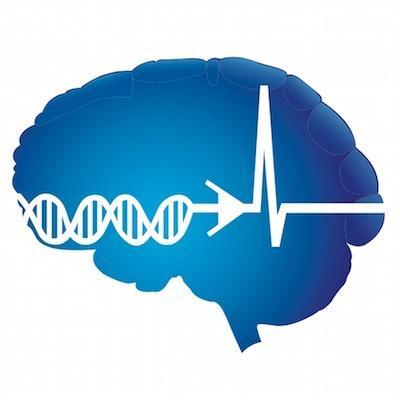
An important limiting factor in the development of centrally acting pharmaceuticals is the blood-brain barrier (BBB). Transport of therapeutic peptides through this highly protective physiological barrier remains a challenge for peptide drug delivery into the central nervous system (CNS). Because the most common strategy to treat moderate to severe pain consists of the activation of opioid receptors in the brain, the development of active opioid peptide analogues as potential analgesics requires compounds with a high resistance to enzymatic degradation and an ability to cross the BBB.
